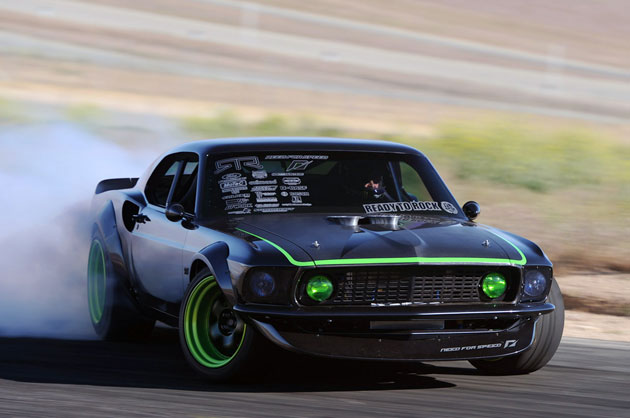If
you have ever had a car in an area where snow and ice is on
the roads, you know how important friction is and what happens
when you lose friction on the tires. When you go around
a turn and you lose friction what normally happens? As you
lose friction around the turn the car begins to fishtail, the
same goes for drifting. The idea of the sport is to lose
friction and fishtail around a turn at high speeds. They
do this by knowing what the coefficient of friction is on
certain surfaces and using that to their advantage. The
static coefficient of rubber on concrete is .68 and the static
coefficient of rubber on asphalt is .67. The static
coefficient is how much force it takes to move from rest and
the dynamic coefficient is how much force it takes to continue
moving. Normally when you drive you try to drive using
the static coefficient to your advantage by not going over its
resistance and pushing your car forward. In drifting
they try to overcome the resistance factor of the friction to
drift around corners. There is a huge difference when it
comes to doing the math as we know F=ma (Newtons 2nd
law). The temperature and weather also effects the road
and friction of the tires to the road. The forces on the
car is what helps the driver and team know what tires to
use and how fast the driver must accelerate to whip the back
end of the car around to produce a drift.

